Poultry Litter Injection
Purpose/Function:
Poultry litter is a proven valuable resource for farmers who have access to it, but until recently the only way to apply the bulky, dry nitrogen-rich organic material has been to broadcast it on the surface of farm fields and pastures. Doing this leaves it vulnerable to nitrogen loss through volatilization, or possible displacement into nearby streams and waterways through erosion and runoff.
Initiation protocol:
Contact the local Soil Conservation District or University of Maryland Extension for assistance.
Implementation Factors (level of difficulty):
Moderate. Specialized equipment is necessary and limited on the Eastern Shore. There are equipment options that may be appearing on the market soon that will let growers inject dry litter into the soil. One of these machines has row units that work nearly identically to no-till planters as they open the soil, deposit the litter and close the slot.
Funding Sources / Options:
Funding incentives for incorporation are currently available through Farm Bill programs.
Costs:
Costs estimated as $ per acre of practice installed.
| Cost Estimates | EPA | MDA | Average |
| Initial | $- | $- | $- |
| Annual | $60 | $23.33 | $41.67 |
| Lifespan (yrs) | 1 | 1 | 1 |
| Annualized | $60 | $23.33 | $41.67 |
Load Reduction Efficiency:
Average Total Nitrogen removed per acre of practice per year
|
Low 1.79 lbs. |
Medium 3.24 lbs. |
High 5.00 lbs. |
Cost per pound removed = between $5 and $13
Average Total Phosphorous removed per acre of practice per year = N/A
Cost per pound removed = N/A
Average Total Suspended Solids removed per acre of practice per year = N/A
Cost per pound removed = N/A
Operation & Maintenance:
The poultry subsurfer is a relatively new technology developed in the last few years. The Sassafras River Association has acquired a unit for use in the watershed and The University of Maryland also has a unit.
Planning Questions to Consider:
Apply poultry litter when crops can best use the nutrients.
Technical Notes:
Use the Phosphorus Risk Assessment Tool to determine if your farm represents a high-risk site for phosphorous runoff. For farms representing a high-risk situation, use management practices that reduce this risk.
Related Best Management Practices
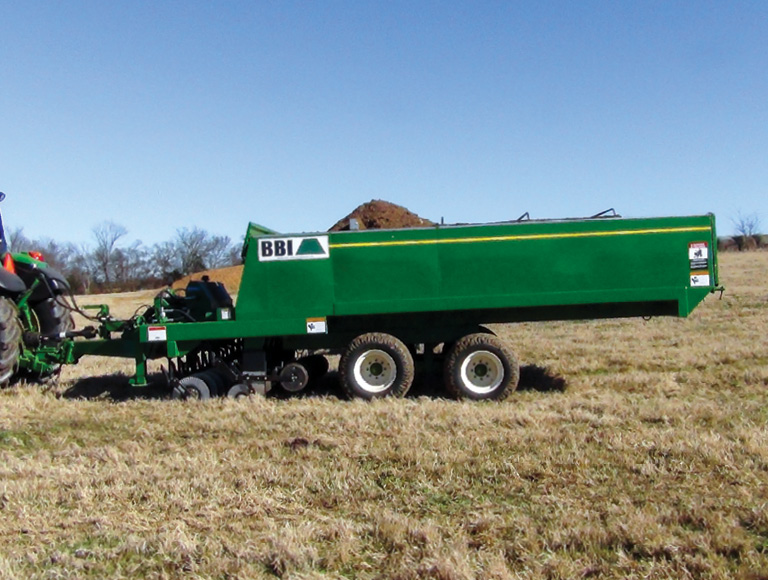
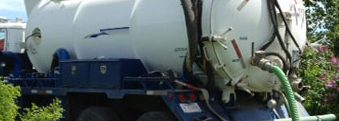


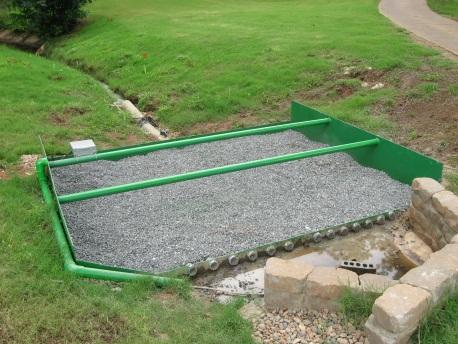
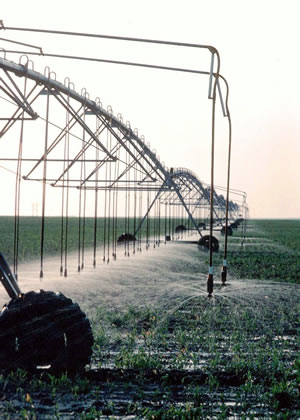
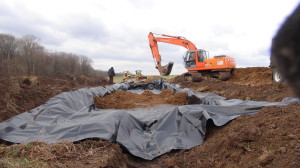
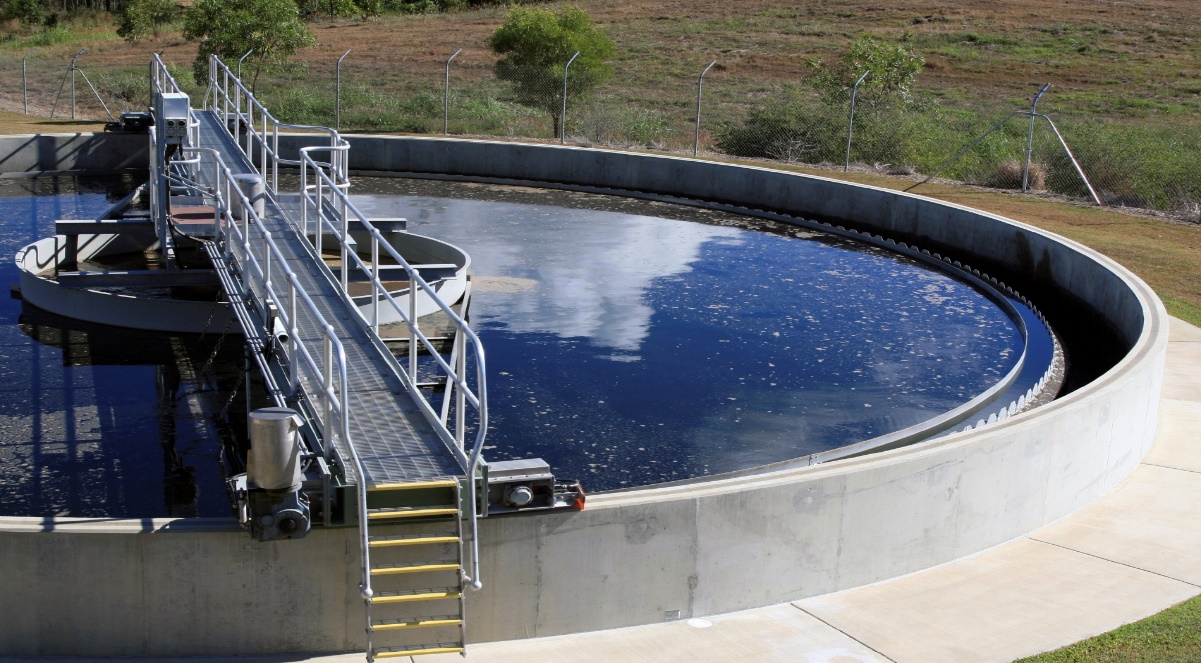


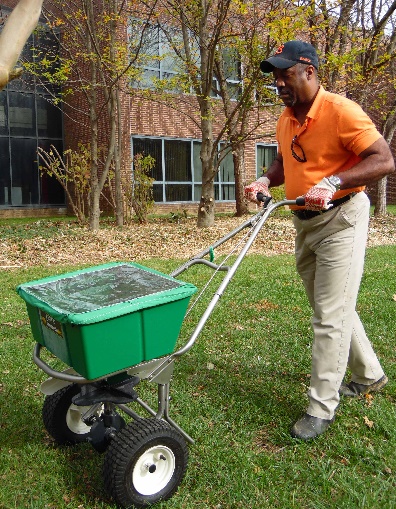

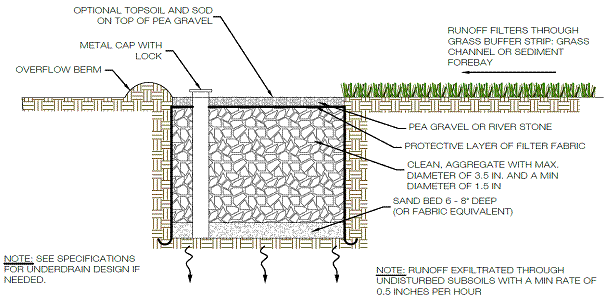

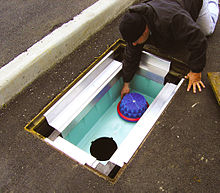
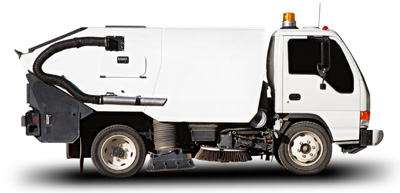
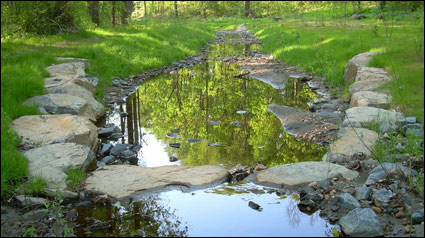
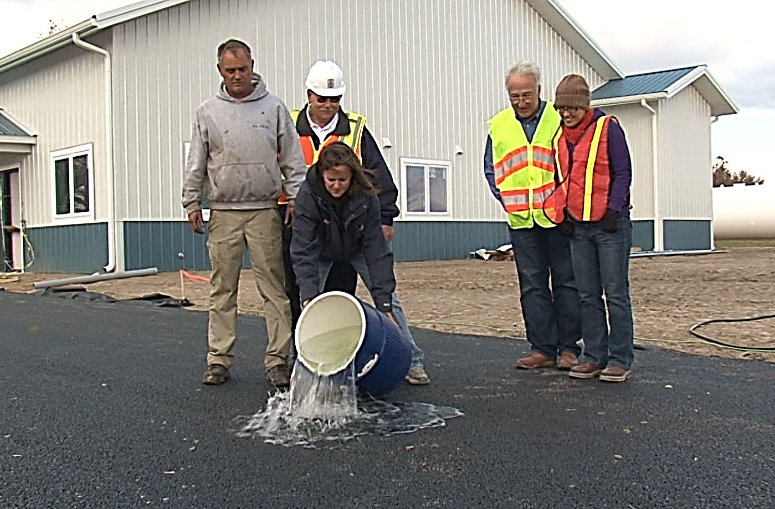
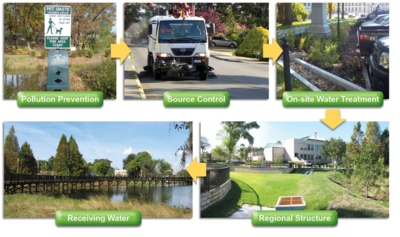
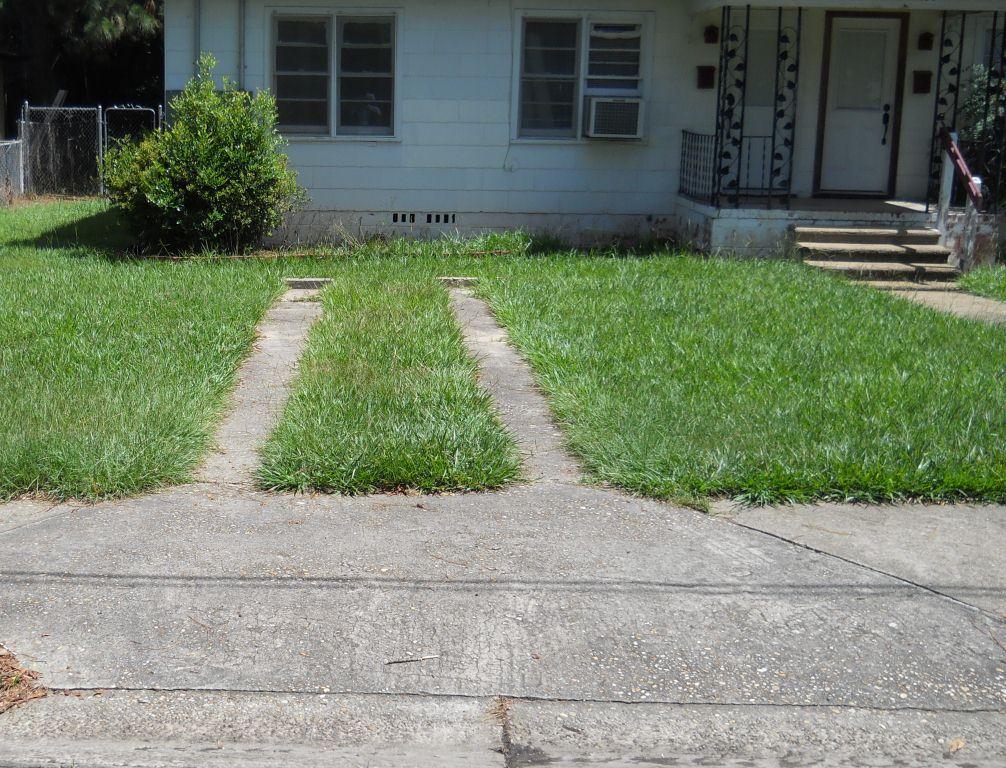

Feedback on This Best Practice